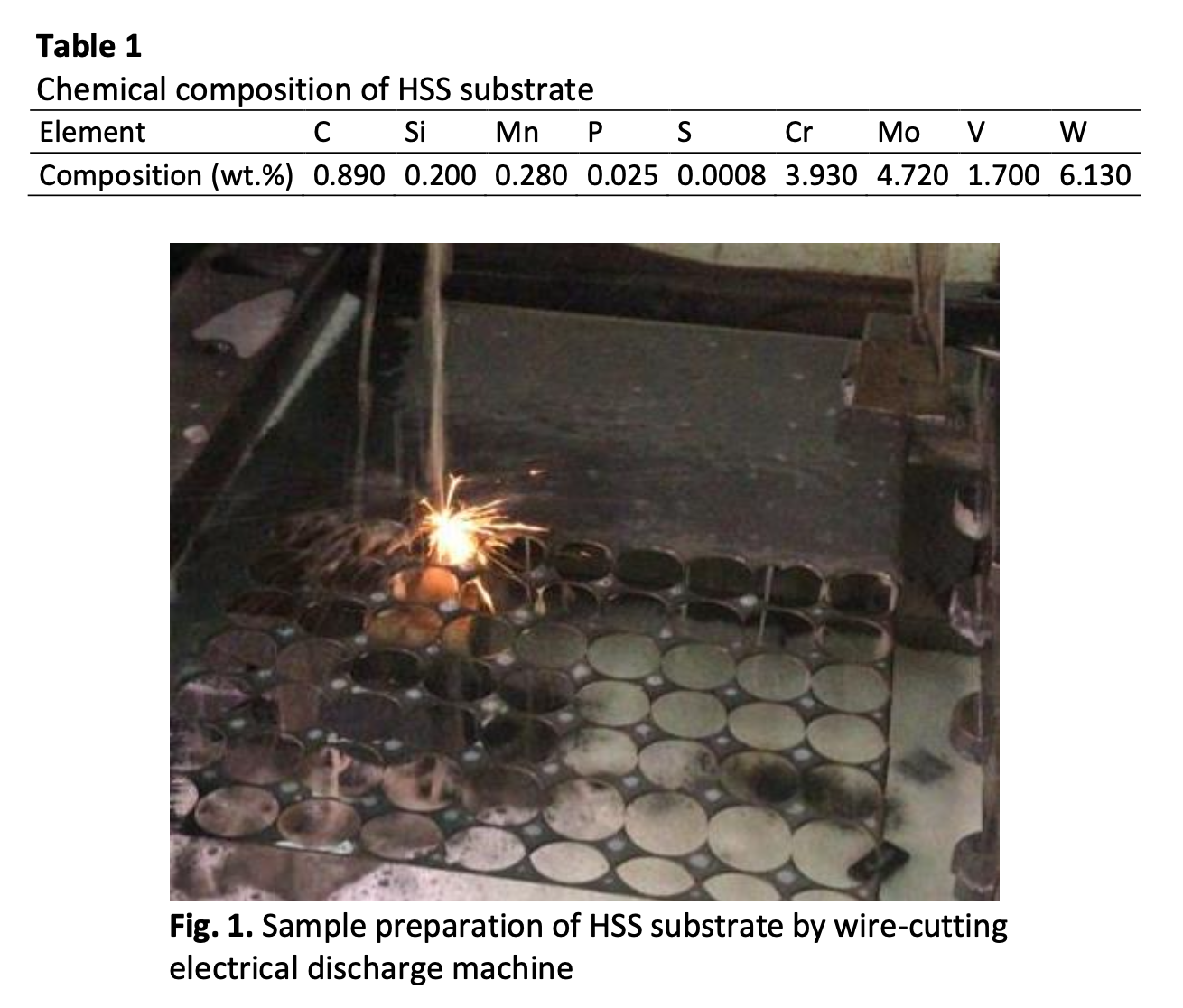Influence of Heat Treatment on Microhardness and Surface Roughness of Electroless Ni-YSZ Composite Coating
DOI:
https://doi.org/10.37934/arfmts.99.1.114122Keywords:
Electroless nickel, composite coating, microhardness, surface roughness, heat treatmentAbstract
The application of heat treatment was introduced in Ni-YSZ composite coating as the incorporation of ceramic YSZ in electroless nickel deposition is new and worth investigating. In this paper, the influence of heat treatment by varying the heating temperature and time on the electroless Ni-YSZ composite coating is investigated. The Ni-YSZ composite is deposited onto a high-speed steel substrate via electroless nickel co-deposition. YSZ powder of mixed sizes of micro- and nano-sized of the ratio of 1:1 is incorporated in the electroless deposits. The electroless Ni-YSZ composites coating was heated up to 400oC for a maximum of 2 hours. The microhardness measurements were carried out using a Vickers microhardness tester (Shimadzu) according to ISO 6507-4. The surface roughness of the coating was measured using Mitutoyo surface roughness tester SJ-301. The surface characterisation was analysed using Cambridge Stereoscan 90 Scanning Electron Microscope (SEM) coupled with Energy Dispersive X-ray Analysis (EDX). The crystallographic structure of materials was analysed by X-ray diffraction (XRD) Bruker D8 Advance instrument. The microhardness and surface roughness of the coating both increase with time. The microhardness is directly proportional to the heating temperature and time and these observations are supported by the XRD analysis. The surface roughness observation is explained by the SEM micrographs.
Downloads

































